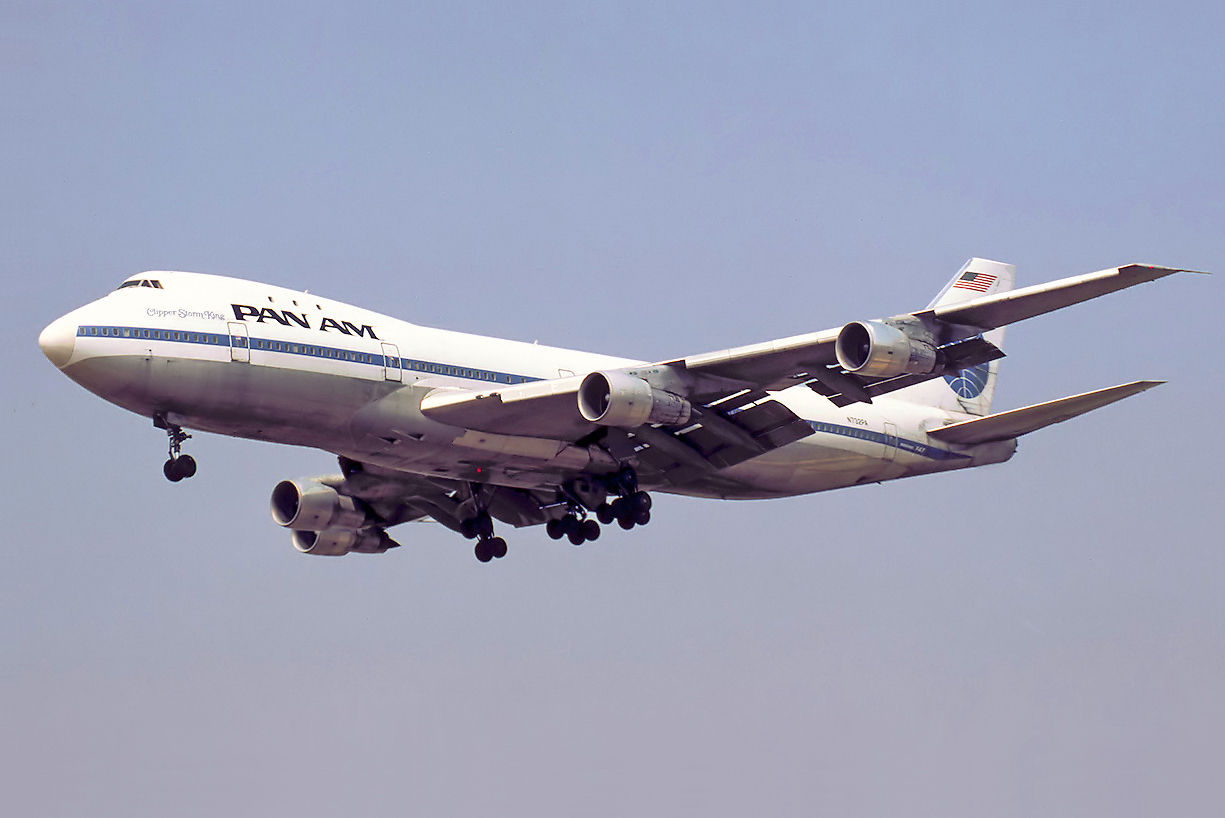|
Instantaneous Vertical Speed Indicator
In aviation, a variometer – also known as a rate of climb and descent indicator (RCDI), rate-of-climb indicator, vertical speed indicator (VSI), or vertical velocity indicator (VVI) – is one of the flight instruments in an aircraft used to inform the pilot of the rate of descent or climb.Federal Aviation Administration, ''Glider Flying Handbook'', Skyhorse Publishing Inc., 2007 pages 4-7 and 4-8 It can be calibrated in metres per second, feet per minute (1 ft/min = 0.00508 m/s) or knots (1 kn ≈ 0.514 m/s), depending on country and type of aircraft. It is typically connected to the aircraft's external static pressure source. In powered flight, the pilot makes frequent use of the VSI to ascertain that level flight is being maintained, especially during turning maneuvers. In gliding, the instrument is used almost continuously during normal flight, often with an audible output, to inform the pilot of rising or sinking air. It is usual for gliders to be e ... [...More Info...] [...Related Items...] OR: [Wikipedia] [Google] [Baidu] |
Aviation
Aviation includes the activities surrounding mechanical flight and the aircraft industry. ''Aircraft'' include fixed-wing and rotary-wing types, morphable wings, wing-less lifting bodies, as well as lighter-than-air aircraft such as hot air balloons and airships. Aviation began in the 18th century with the development of the hot air balloon, an apparatus capable of atmospheric displacement through buoyancy. Clément Ader built the "Ader Éole" in France and made an uncontrolled, powered hop in 1890. This was the first powered aircraft, although it did not achieve controlled flight. Some of the most significant advancements in aviation technology came with the controlled gliding flying of Otto Lilienthal in 1896. A major leap followed with the construction of the '' Wright Flyer'', the first powered airplane by the Wright brothers in the early 1900s. Since that time, aviation has been technologically revolutionized by the introduction of the jet engine which enabl ... [...More Info...] [...Related Items...] OR: [Wikipedia] [Google] [Baidu] |
Robert Kronfeld
Squadron Leader Robert Kronfeld, AFC (5 May 1904 – 12 February 1948) was an Austrian-born gliding champion and sailplane designer of the 1920s and 30s. He became a British subject and an RAF test pilot. He was killed testing a glider in 1948. Early life Kronfeld was born in Vienna, the son of dentist also called Robert Kronfeld (1874–1946), who was nephew of Adolf Kronfeld (de) (doctor, writer), Ernst Moriz Kronfeld (de) (botanist), both Galician Jews. In his youth his favourite sport was boating. Gliding As a young man, he visited the Wasserkuppe in Germany and became passionate about the sport of gliding that was developing there. So Kronfeld became a member of the first Austrian gliding school. He befriended Walter Georgii, who was a meteorologist working at the nearby Darmstadt University of Technology and who had recently discovered thermals. Kronfeld became something of a test-pilot for Georgii, investigating this still-new phenomenon with the assistance of a v ... [...More Info...] [...Related Items...] OR: [Wikipedia] [Google] [Baidu] |

